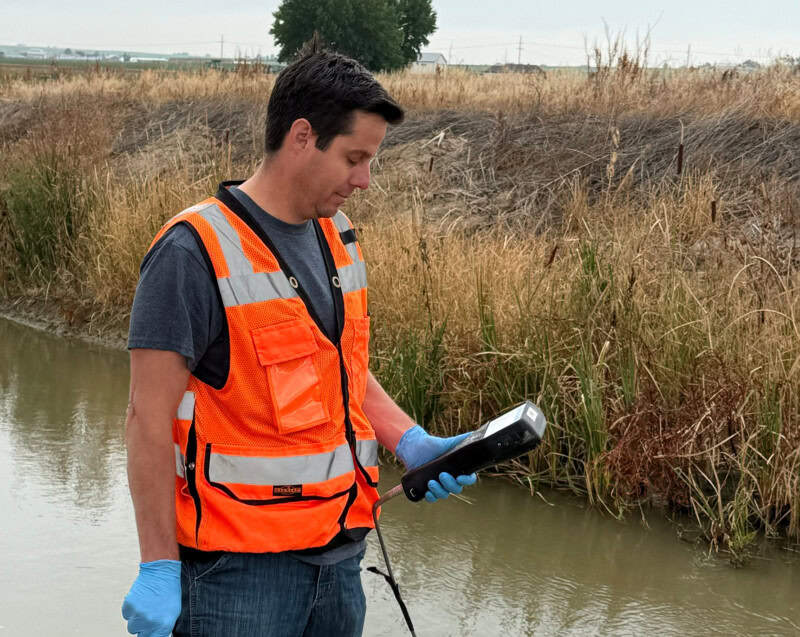Already this year we’ve seen subzero temperatures and an unprecedented bomb cyclone hit the East Coast. As we continue to brave the cold outside, it’s important to remember how frigid weather can cause health, safety and operational issues in the workplace, especially during emergency responses. Here to explain more is CTEH’s Scott Skelton, MS, CIH.
What health risks do workers face in the cold?
Individuals who work in cold and wet conditions should be aware of cold stress. As the Occupational Safety and Health Administration (OSHA) explains, cold stress occurs “whenever temperatures drop below normal temperatures and wind speed increases,” causing heat to leave workers’ bodies more quickly than normal. Exposure to low ambient temperatures can lead to mild injuries (e.g. frost nip, trench foot, chill blains) and more severe conditions (e.g. hypothermia, frostbite) without additional warning signs.
How can workers prevent cold stress during responses?
Worker protection begins with hazard identification, risk assessment and hazard communication. Cold stress hazards should be included in risk assessment for all affected workers. Awareness and prioritization will empower the workforce to protect themselves against the effects of cold even in the presence of more respected hazards like chemical exposure, radiation and flammability.
Any other prevention tips should workers follow?
Workers should minimize their amount of exposed skin and wear proper clothing. For example, CTEH recommends wearing a lightweight, tight fitting first layer; synthetic material or wool as a second layer; and final wind resistant insulated layer. We also recommend second sets of clothing in case responders slip and get wet. That being said, clothing is a form of personal protective equipment and should not be the sole source of exposure prevention. Administrative controls such as warm/rest regimens should also be used to provide workers ample time to rest in warmer environments while optimizing work efficiency. In addition, engineering controls such as wind barriers, satellite warming shelters and auxiliary heat sources can be employed to lessen the impact of cold temperatures while complimenting the effectiveness of administrative controls. As always, workers should pursue healthy food choices, reduce consumption of alcohol and caffeine and seek abundant rest to lessen the burden of cold climates.
Are there any signs or symptoms workers should know?
Every worker should be trained to recognize the signs of hypothermia. According to OSHA, “early symptoms” of hypothermia include shivering, fatigue, loss of coordination, disorientation and confusion. “Late symptoms” include blue skin; dilated pupils; cessation of shivering; slowed pulse and breathing; and loss of consciousness. If hypothermia or another serious condition like frostbite is suspected, workers should move the impacted individual to a warm environment and immediately contact medical personnel.
Have questions about cold weather safety? Check back for more of our Q &A with Scott Skelton, MS, CIH in Frigid Weather Responses Part II.




